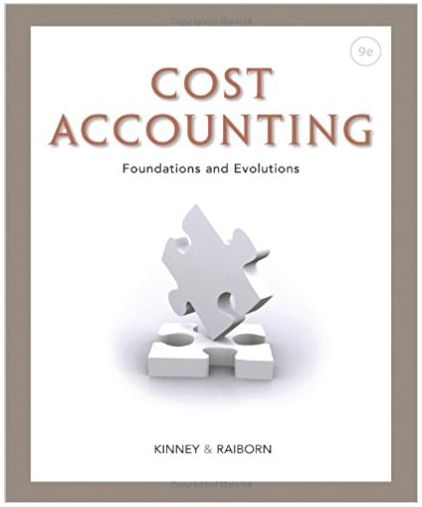Answered step by step
Verified Expert Solution
Question
1 Approved Answer
You are a call center agent who takes tech support calls for a mid-sized bank. Your job is to help banking customers gain access

You are a call center agent who takes tech support calls for a mid-sized bank. Your job is to help banking customers gain access to their mobile banking who have been locked out of their account after several failed password attempts. You can try up to three different troubleshooting attempts to help the customer. After each (possibly) failed attempt, you have the option of immediately transferring the call to Level 2 Tech Support. At the beginning of every call, you first unlock the customers' account and ask them to reenter their username and password. This takes 3 minutes and succeeds 30% of the time. If this attempt fails to get the customer mobile banking access, you must make a decision. You may transfer the call or you may email the caller a temporary password to see whether the customer is able to gain access. Resetting the password takes 2 minutes and succeeds 50% of the time. If this attempt fails, you again have a decision. You may transfer the call or you may remote login to the customer's computer and do further troubleshooting (clear cache and cookies, check for browser compatibility). This further troubleshooting takes 10 minutes and succeeds 100% of the time. The call center management has a unique compensation scheme. Rather than being paid an hourly wage, you are paid/charged based solely on performance. Specifically, each time you successfully help a customer gain access, you receive $2.00 and each time you transfer you are charged $0.40. To simplify things, let's suppose that you're choosing between three different policies where you follow the same decision-making strategy each call (this means that we only have to examine the problem for one call since you're following the same strategy every call): Note that the line is always busy; this means, each time you transfer the current customer, there is another customer waiting on the line for your help. a) b) Strategy A: only try attempt 1: transfer if attempt 1 fails Strategy B: try up to the first two attempts, transfer if attempt 2 fails Strategy C: try up to all three attempts. c) Which strategy maximizes your expected profits per unit time? (6 points) Under the optimal strategy identified in a), what would be your average profits in a year that consists of 200 working days, working 8 hours per day? (4 points) An AI developer offers you a device that fully automates attempt 1 of the troubleshooting process. This means you only get the remaining two types of customers (those for whom step 1 does not work) whenever the AI fails to help them in step 1. Assuming that you are now limited to Strategies B and C, how much would you be willing to pay for such an AI device, per year? If you need to make additional assumptions, please state them clearly. (4 points)
Step by Step Solution
★★★★★
3.50 Rating (143 Votes )
There are 3 Steps involved in it
Step: 1
a To maximize expected profits per unit time we need to choose a strategy that results in the highes...
Get Instant Access to Expert-Tailored Solutions
See step-by-step solutions with expert insights and AI powered tools for academic success
Step: 2

Step: 3

Ace Your Homework with AI
Get the answers you need in no time with our AI-driven, step-by-step assistance
Get Started


